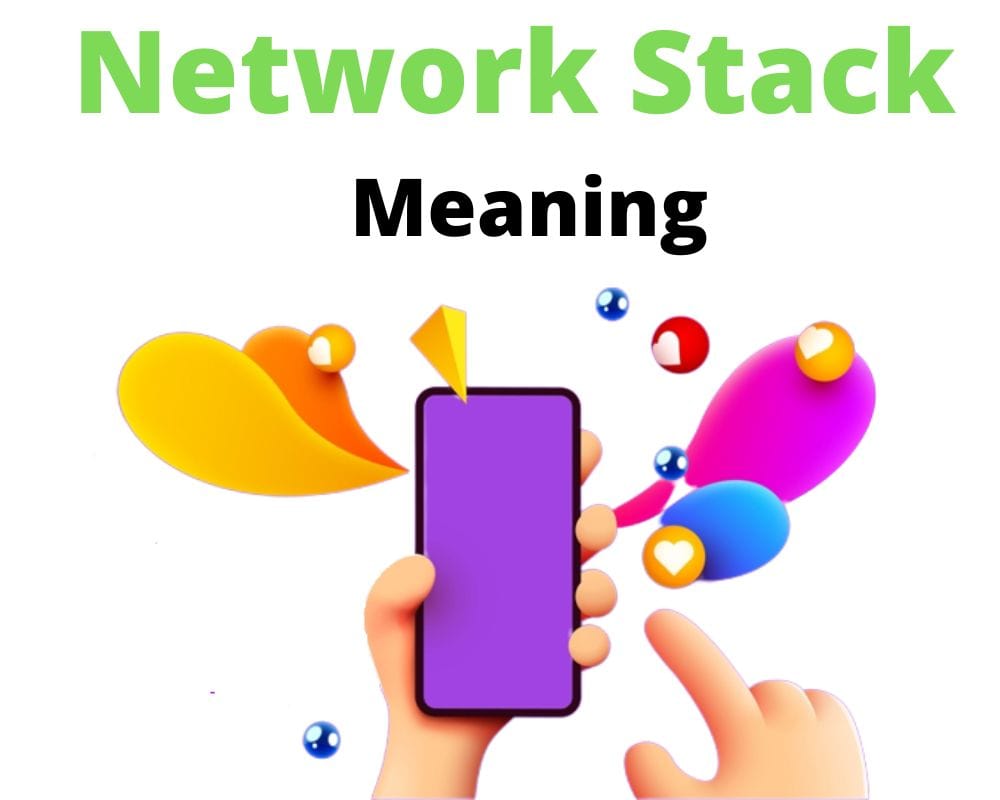The Networkstack is an Android app pattern that allows the system to issue network requests and reply to network responses in a standardized way. This pattern will enable Android applications to make better use of the network and provide direction for mobile development.
What Is Network Stack App?
Android has a layered networkstack app that helps devices connect to the internet and other devices on the network. The network stack is made up of several components, including the core network controller (CNC), the radio interface controller (RIC), the medium access control (MAC) layer, and the network protocol layer.
The CNC runs on top of the Android operating system and manages all device networking activities, such as socket management and registering with carrier networks.
The RIC interfaces with cellular networks and handles ANT radio communication tasks. MAC contains packet data traffic and provides security for device communications. Finally, the network protocol layer offers TCP/IP support for device-to-device and device-to-network communications.
The app is essential because they allow devices to communicate with each other over a wired or wireless network. Android’s layered network stack enables different devices to work together seamlessly. For example, a phone can use the phone’s cellular connection to talk to a web server over the internet.
How Does NetworkStack Work On Android?
Android’s networkstack is like the app stack and is responsible for interacting with networks and communicating between devices on a network. This includes handling packet forwarding, controlling access to the web, and managing data packets.
Android’s network stack is modular, allowing developers to choose the modules they need to build the necessary network functionality.
Android’s network stack is based on the Linux kernel, which provides a robust platform for networking. In addition, the app is designed to be lightweight and efficient, which helps to improve battery life and performance.
What Is The Benefits of Network Stack?
Android is a mobile operating system created by Android Inc. It is based on the Linux kernel and uses the GNU C Library. Android has been released with various versions for multiple platforms, including phones, tablets, televisions, cars, and other devices. Android has had a large share of the global smartphone market since 2008.
The Android OS includes both a user interface layer and a Linux kernel. The user interface layer provides an application programming interface (API) to allow third-party developers to create applications that run on Android devices.
The Linux kernel provides core network services such as networking, file systems, and process management. Android’s network stack enables devices to communicate over a network.
Intermediate Modes of Network Stack
As we said before, Android’s networkstack app comprises a few different components that work together to allow devices to connect to the internet and other devices on the local network.
Android uses several methods to connect to the internet, depending on the mode in which the device operates. This section will discuss Android’s three primary network stack modes: direct connection, proxy connection, and Wi-Fi Direct.
In direct mode, Android connects to the internet through its built-in network interface. This is the default mode for most devices and is usually sufficient for basic tasks such as browsing the web and downloading content. However, the direct method is typically used only when no other option is available.
A proxy connection allows Android devices to access the internet through a third-party service. Proxies are commonly used to protect privacy. They allow individuals or companies to avoid tracking by their ISP and website provider.
By using a proxy, Android devices can still access websites and resources that they would be able to otherwise while hiding their actual location from outsiders. However, proxy connections can be slower than direct mode due to the overhead of routing traffic through a third-party server.
How To Fix NetworkStack Android App?
If you are experiencing network problems with your Android device, there are a few things you can do to try and fix the issue. First, ensure that your network is connected correctly and that you have installed the latest update for your networkstack app. Then, if those steps don’t work, try following these troubleshooting tips:
- Restart your device: If all else fails, restarting your device can sometimes clear up any errors or problems with the network connection.
- Clear your cache and data: If you’re still having trouble connecting to the internet, clearing your cache and data may help reset your device and give you a fresh start.
- Try a different network: If all of the above steps fail, trying a separate network may be your best bet.
Conclusion
In this article, we covered the basics of networkstack app, including what it is and what it can do. We also looked at some common issues that users face with network stack and how to solve them. Hopefully, this has given you a better understanding of networkstack Android app and helped you troubleshoot any issues you might have encountered. Thanks for reading!
Similar topics

